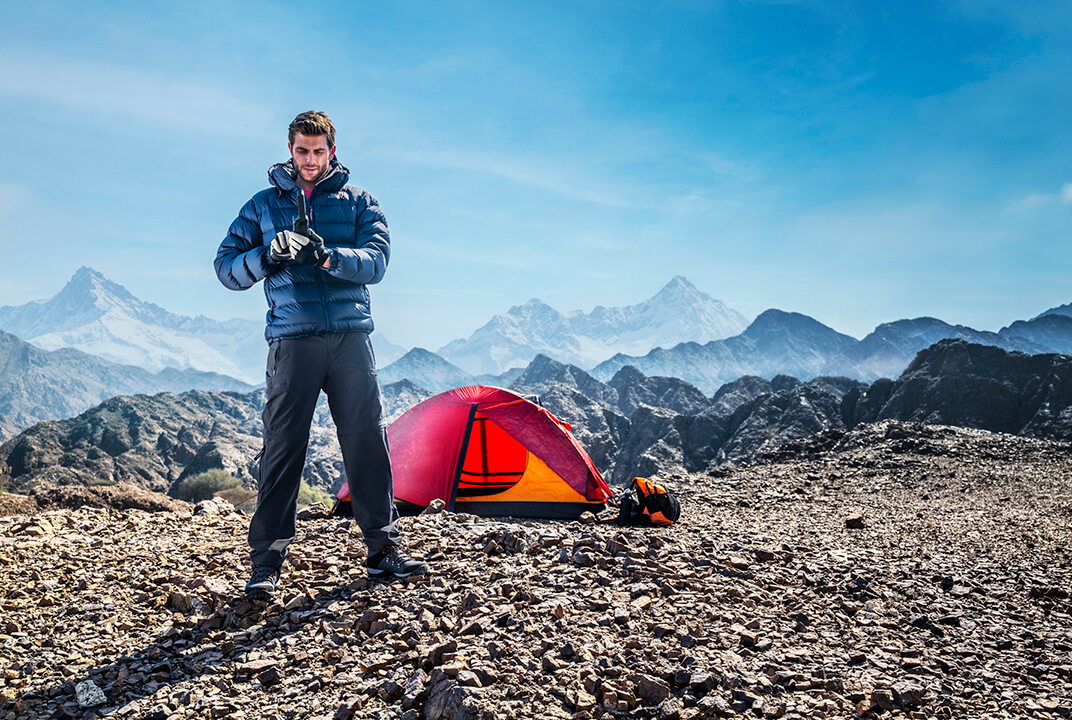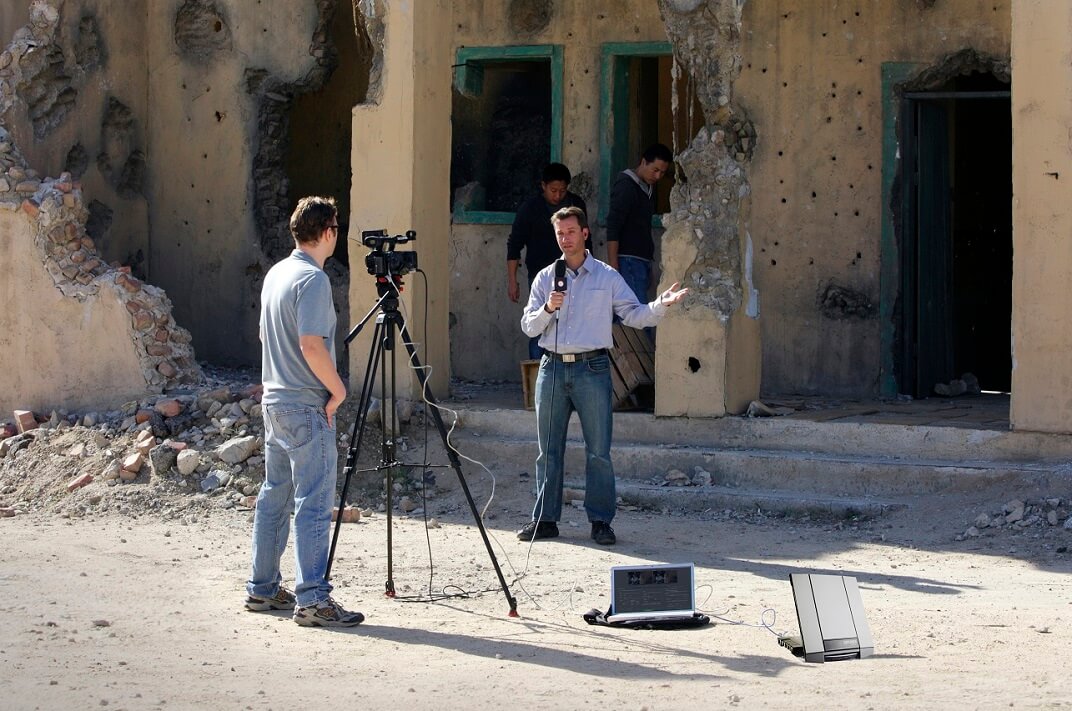Ulvetanna adventurers relay Antarctic images via BGAN
A team of mountaineers on Queen Maud Land in the Antarctic used an Inmarsat BGAN terminal to relay their “epic adventure” to the world.
The six-man team were there to climb Ulvetanna, which lies at 71° 51' South, 8° 20' East, in the Orvin Fjell mountains on Queen Maud Land – an area half the size of Europe.
The mountain is known as the most technically demanding peak on the harshest continent.
Temperatures dropping
With temperatures dropping as low as -35°C and with the potential for 100mph winds, it was no picnic for the team, who departed for Antarctica from South Africa on 16 December.
Led by climber Leo Houlding, the team included film director and photographer Alastair Lee who reported that their BGAN Explorer 700 terminal was “working like a charm” as he used it to update blogs and send back images from the desolate icy wilderness.
Images sent included shots of the team in a beautiful blue ice cave, which took nearly six hours to carve out. Another showed the near vertical face of lvetanna and the task ahead of them.
Crystal dungeon
“The cave is amazingly sheltered and has this beautiful blue colour. Combined with the hundreds of facets scored into the icy snow by a saw, and the shiny surfaces resulting from breathing and water boiling sessions inside the cave, it makes you feel like you have entered a magical crystal dungeon,” said Alastair.
The team eventually conquered the summit in late January.
“Ulvetanna's fearsome North East Ridge allowed us safe passage up and down from her summit, but not without showing a few teeth,” said Alastair.
Decade of dreaming
“We did it. A decade of dreaming, a year of planning, a month on the ice, and week on the wall, but we did it!”
And he praised the efficiency of the BGAN terminal they used for their marathon trip, saying: “It is a solid piece of kit and the battery life was amazing.
“We were on the ice for 35 days and only had to charge it once. We used it to upload photographs to our sponsors and keep our blogs updated – it never missed a beat.”
“We also found it very easy to align with the satellite – we had a clear shot North across the ice sheet so that was no problem. I would definitely use it again if we had a similar climb.”
You can read more about the team's adventure on their blog. A film of the adventure called “The Last Great Climb” is also being produced.

